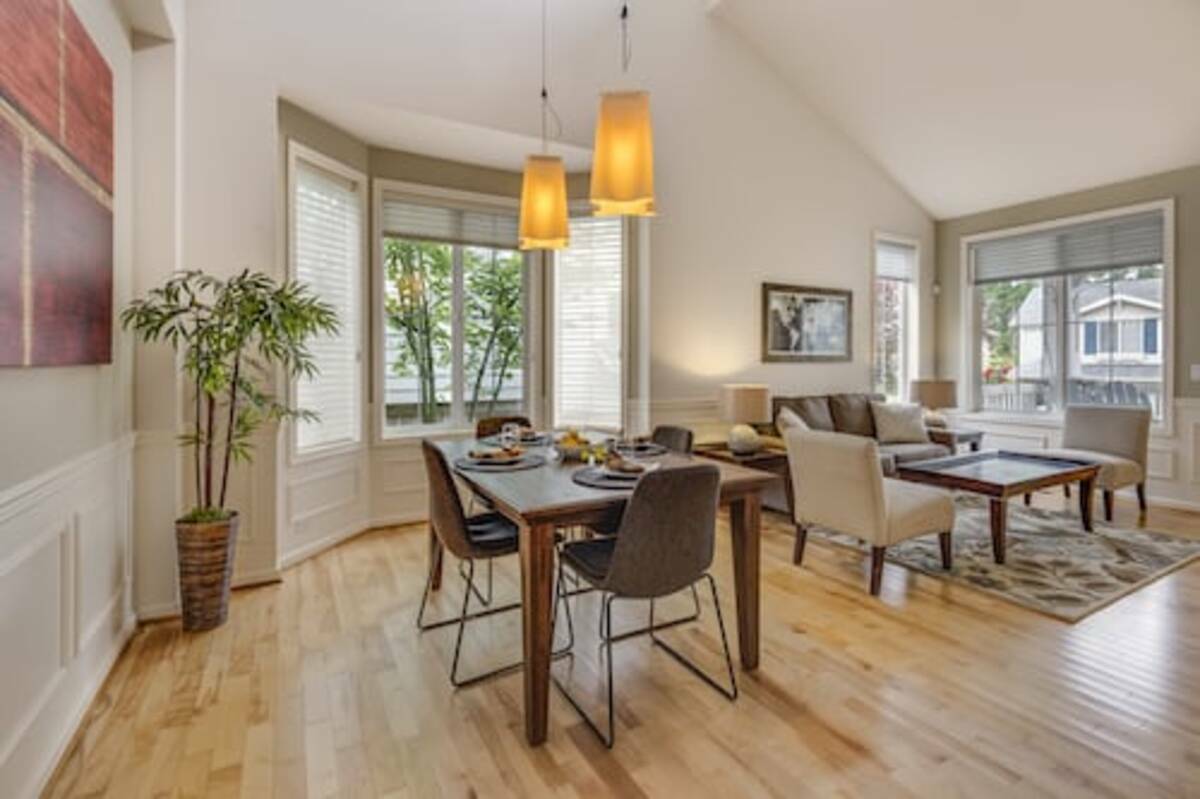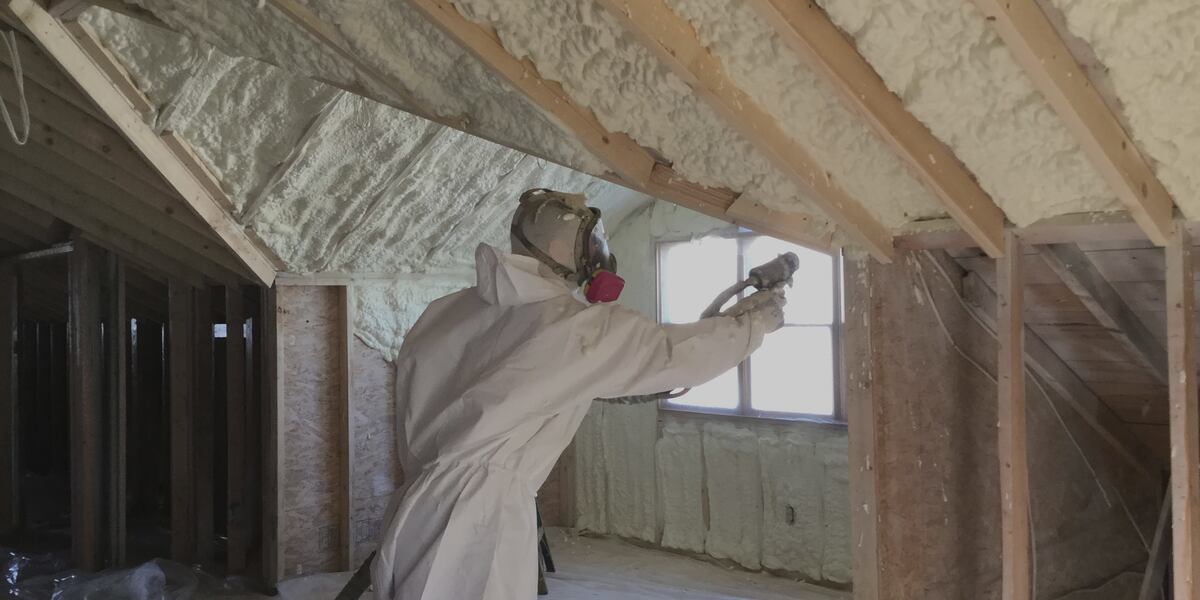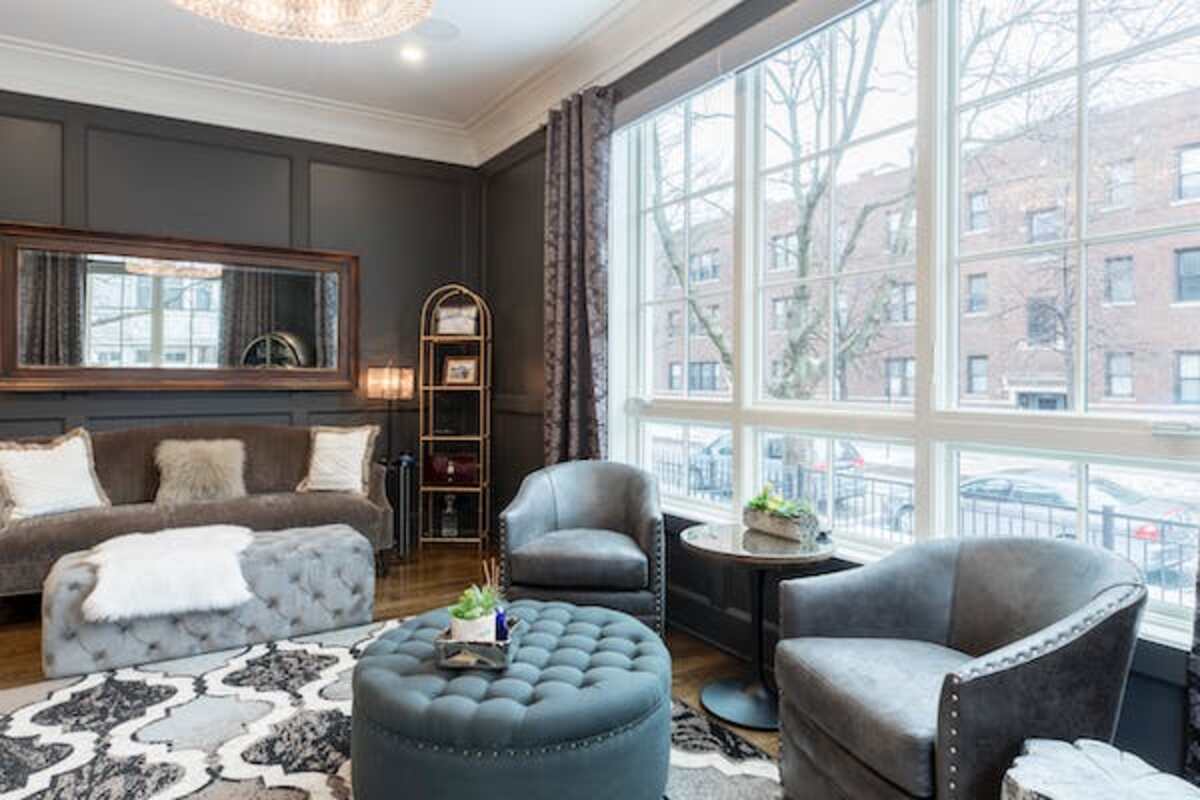Transitional Design Style
Mixing old and new
The transitional design style combines contemporary and traditional techniques into a unified look. This design style allows a lot of flexibility and allows you to express your style without sacrificing functionality. This design style is popular among the millennial generation. Compared to the more formal traditional style, the transitional style features more light, airy, and modern elements.
This design style emphasizes comfort and balance. It does not feature sharp edges and favors softer colors. The result is a space with a unique look.
Neutral color palette
One of the most fundamental aspects of transitional design style is its neutral color palette. This does not mean that you must have no color in your room, but you should choose a neutral color palette that carries a strong sense of style. You can incorporate color in the room by using accent pieces such as accent chairs, throw pillows, and lamps. It will also help if you use textures in your transitional-style home.
Neutrals play a crucial role in any color scheme but rarely take center stage. Instead, they usually play second fiddle to bold statement hues and classic color combinations. While a neutral color palette may seem tedious at first glance, it can be pretty chic.
Wooden furniture
Wooden furniture has been a favorite element of traditional homes for decades. Today, ornate wood pieces are making a comeback. A dresser or a large wooden dining table is an excellent grounding piece for a transitional design. You can also use accents like bookends and modern artwork to update your home’s look. The key is to avoid overdoing the look.
The transitional design style is a fusion of traditional and modern styles. This design is known for incorporating soft colors and smooth edges to create a timeless look. Transitional furniture usually blends antique wooden furnishings with modern glass and metal furnishings.
Texture
The Transitional design style uses muted tones and textures to create a layered atmosphere. Common elements include nubby chenille blankets, textured rugs, and corduroy cushions. Other features include wood, glass, fabric pieces, plants, and understated patterns with pops of color.
If you’re interested in adding a little texture to your home, look for pieces that have organic textures. These will blend well with the transitional style and modern elements like contemporary artwork. You can also incorporate baskets into your room to hide necessities and add texture. It’s a great way to add a little excitement without going overboard.
A transitional-style home is often rich in woods. The warmth of timber helps offset the neutral color schemes and brings visual interest. In addition, transitional rooms often feature built-in cabinetry. Stone, marble, and granite are also common elements.
Lighting
Transitional design style lighting is a popular choice, and you will find plenty of options for this style in various fixtures. This style is a mix of contemporary and traditional design characterized by clean lines and neutral color palettes. It is an excellent choice for those who want a look that isn’t too modern but still comfortable.
Consider adding a large, statement light piece to create an air of comfort and sophistication. It can be the centerpiece of the room or simply an accent piece to accent other elements. The color palette should be soft and neutral, with warm whites as the base color. Adding bold color accents is also a great way to add visual interest to a space.




